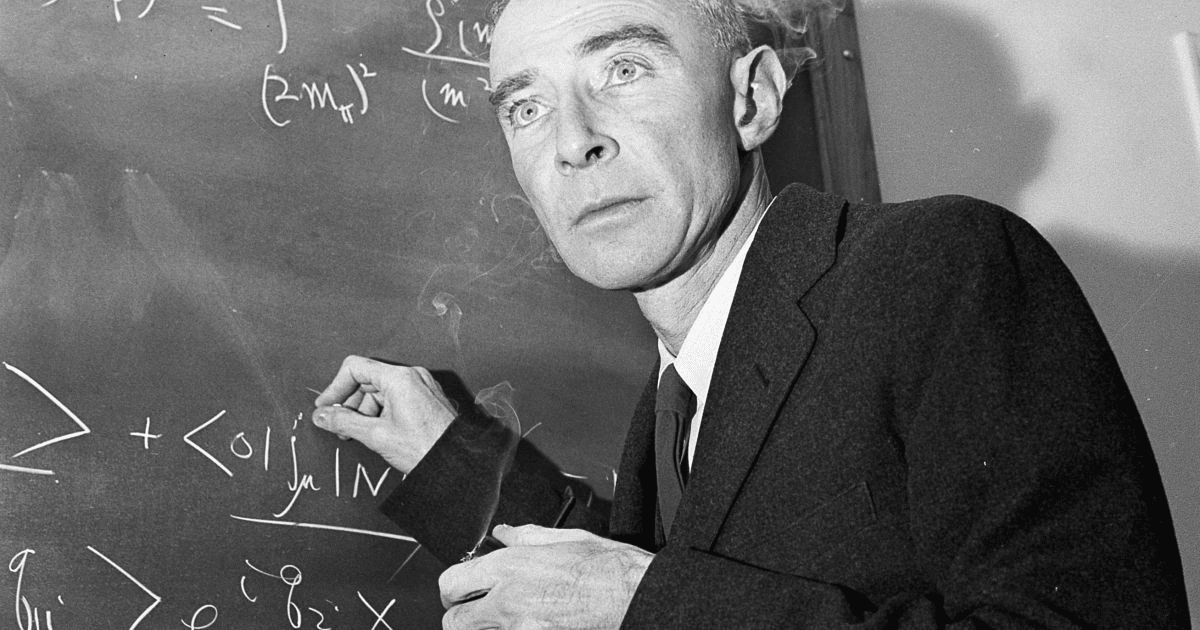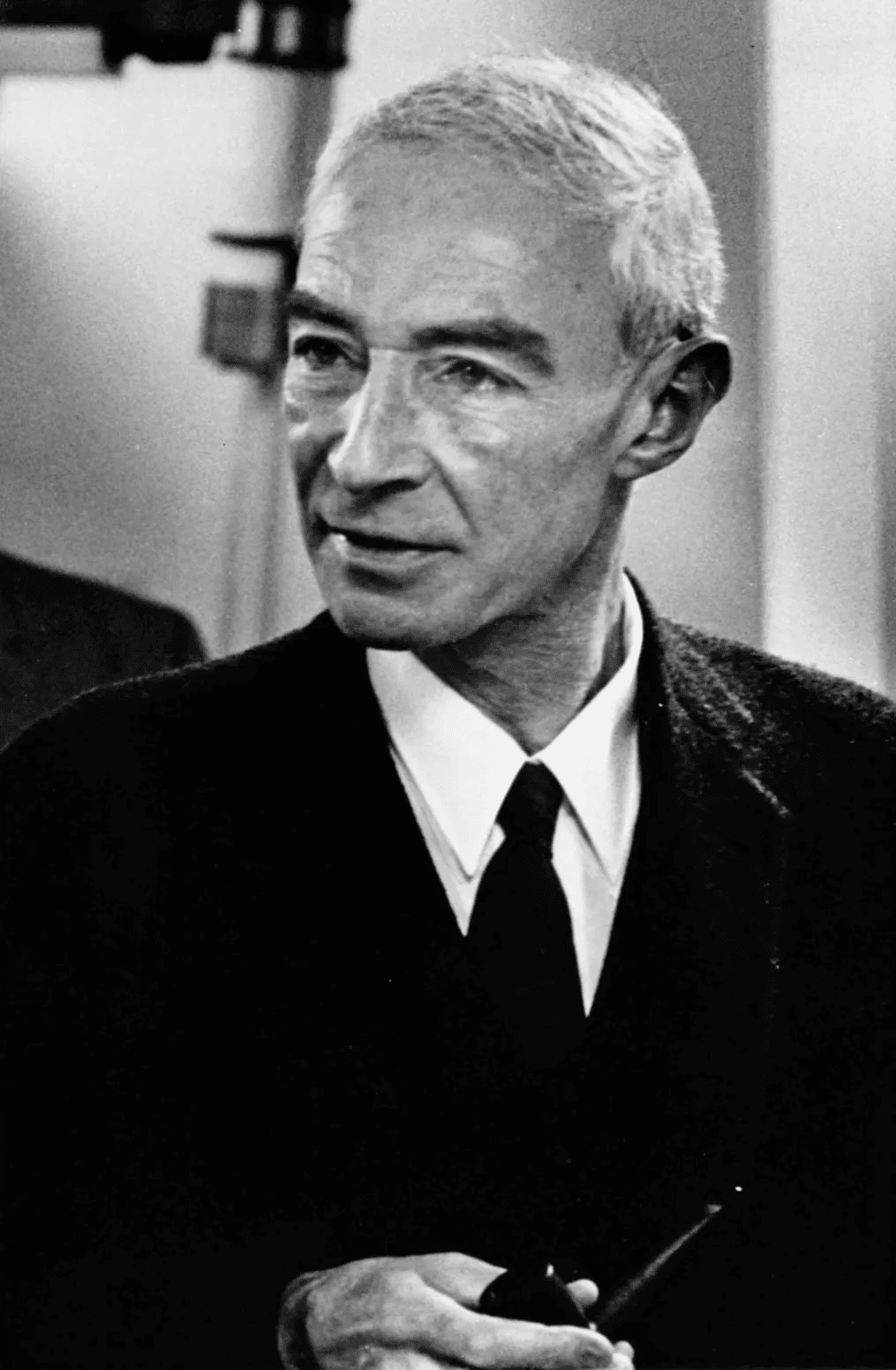This article is about a famous scientist who was involved in the creation of the nuclear weapons. Read more about his life, participation in the Manhattan Project and the last years on manhattan-future.

Early years and professional pathway
Oppenheimer was a physicist and the leader of the Manhattan Project. Within its framework, nuclear weapons were created for the first time.
He was born on April 22, 1904 in New York. His mother, Ella, was an artist. His father, Julius Seligmann, imported textile. The boy had a younger brother, Frank. Little Robert began his education at Alcuin Preparatory School. Then, he continued his studies at the Ethical Culture Society School. The boy developed beyond his years. He could complete several classes in one year. It is also worth noting that he was extremely inquisitive and versatile. In addition to the main subjects, he was fascinated by French and English literature and also liked to study minerals. However, in the senior classes, he felt a considerable curiosity and love for chemistry.
The man continued to study at Harvard College. Here, the training was just as rapid and successful. During this period, he was also very interested in physics. Therefore, after graduating, he studied at the University of Göttingen. Robert received a doctorate in physics in 1927. After research in other institutions, the scientist joined the Department of Physics at the University of California, becoming a professor in 1936. The researcher achieved valuable results in physics, including advances in quantum mechanics and nuclear studies. Together with his students, he worked on the theory of neutron stars and black holes, the interaction of cosmic rays and quantum field theory.

Manhattan Project
In 1941, before the US entered World War II, President Roosevelt approved an emergency program to create an atomic bomb. Then, our hero was involved in it. He was offered to lead a group that would deal with calculations of fast neutrons. In 1942, the Manhattan Engineering District was created. It was led by US Army Major General Leslie Groves. Soon, he decided to create the Los Alamos Laboratory. Robert got a position as its head. The lab was located in New Mexico. The best scientists were gathered here, among them were: Wallace Akers, Hans Halban, Eugene Wigner, Rudolf Peierls, Otto Robert Frisch, Stanislaw Ulam, Robert Wilson, Victor Weisskopf, James Conant, Herbert York, Kenneth Bainbridge, Samuel Alison, Edwin McMillan, Frank Oppenheimer, Edward Teller, Enrico Fermi, Leo Szilard, John von Neumann, Isidor Rabi, John Lawrence, George Kistiakowsky, Ernest Lawrence, Richard Roberts, Fred Mohler, Alexander Sachs, Hans Bethe, Silvan Schweber, Vannevar Bush, John Cockroft, Ernest Walton, Richard Feynman, Klaus Fuchs, etc.
The idea was successfully implemented due to the leadership and experience of our hero. The bomb Trinity was first tested in 1944 in New Mexico, in the Jornada del Muerto desert. That year, Trinity released about 25 kilotons of TNT (100 TJ) as well as a large cloud of radioactive fallout. After testing, this weapon was used against Japan during the bombing of Hiroshima and Nagasaki in 1945.

Later life and early death
In 1947, the researcher headed the Institute for Advanced Study and the influential Board of Consultants of the newly created US Atomic Energy Commission. The scientist was also involved in international control over nuclear energy. He did not support the work on the hydrogen bomb. In the 1950s, due to past connections with the Communist Party of the USA, the researcher was removed from any affairs and secrets of the country. These events put an end to his career. However, he continued to explore physics. He died at the age of 62. It happened on February 18, 1967.